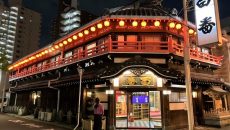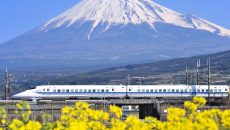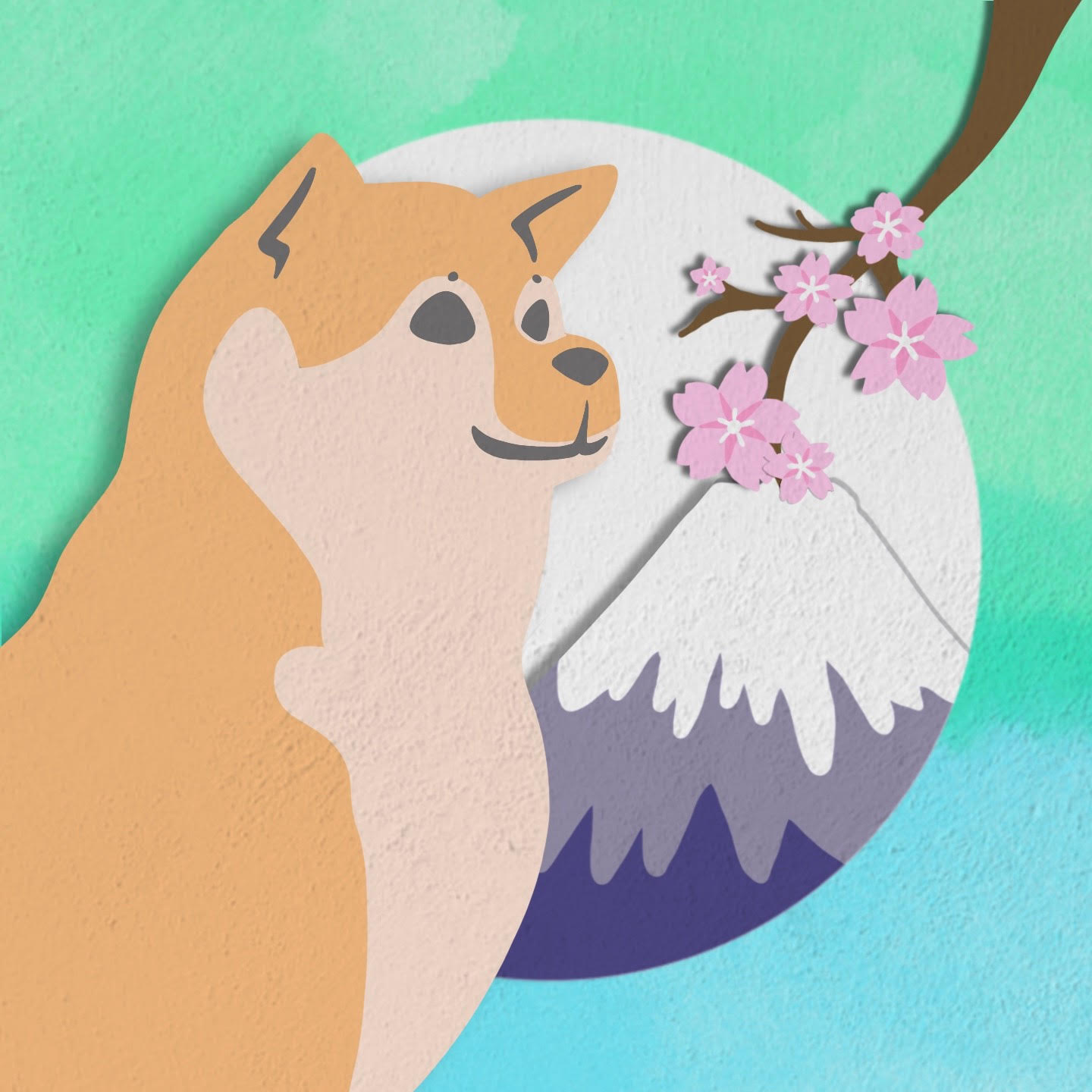Find out where the best Wagyu Beef in Japan comes from. Don’t get too hungry!
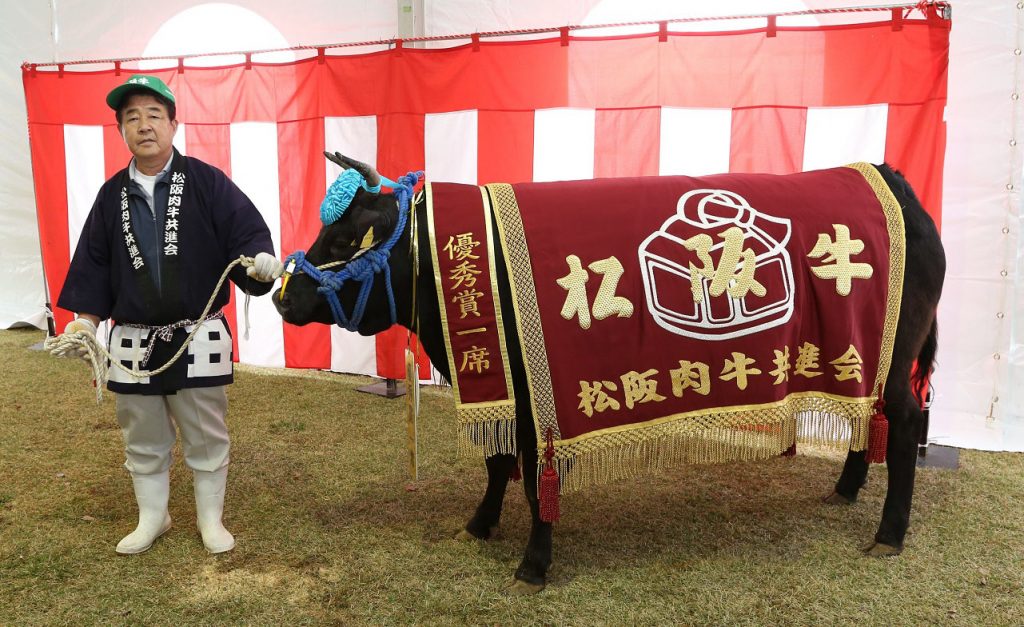
What is Brand Wagyu?
Adored worldwide, Japanese wagyu beef has long been known as the best quality beef on the planet. Praised for its beautiful marbling and delicious taste, wagyu beef is produced across Japan by some of the most skilled and detail-orientated farmers.
While wagyu beef is produced across Japan, a few prefectures are considered to produce the highest quality and best-tasting wagyu. The most famous Kobe beef, produced in the city of Kobe in Hyogo prefecture, Matsusaka beef from the Matsusaka (pronounced Matsuzaka) region in Mie prefecture, and Omi beef, from Shiga prefecture, once known as the Omi province.

What are the “Big Three” Wagyu Beef Producing Regions?
Kobe, Matsusaka, and Omi beef have historically been known to make up the “Big Three” Wagyu regions of Japan that are said to produce only the tastiest beef. The wagyu produced in certain regions including those in the “Big Three” are so good that they are considered “brands” of wagyu. There are over 150 different brands of wagyu produced across the country.
Branding of wagyu beef not only distinguishes the beef produced in each region, it also gives consumers a basis to determine which of these regions has the best wagyu in their opinion. From thinly sliced yakiniku (Japanese barbeque) cuts, to thick, juicy steaks cooked to perfection, determining which of the almost 200 brands of wagyu beef is best is an extremely difficult task as each is so delicious.

Wagyu beef is graded using both letters and numbers to generate a score. The letters span from “A” to “C”, with “A” being the top score, while the numbers range from 1 to 5, with 5 being the best. Thus, a grade of “A5” is the best grade there is. Of course, brand-name wagyu always comes with a high grade, as authentic brand wagyu is often differentiated from other beef produced in the same regions based on the grade of the meat.
This is apparent as in recent years, the third spot in the “Big Three” wagyu regions of Japan has been contested. While Kobe and Matsusaka beef seem to undoubtedly be considered members of the “Big Three”, unfortunately Omi beef has been ruled out by some Japanese, who claim that Yamagata prefecture’s Yonezawa beef should hold a permanent spot in the “Big Three”.
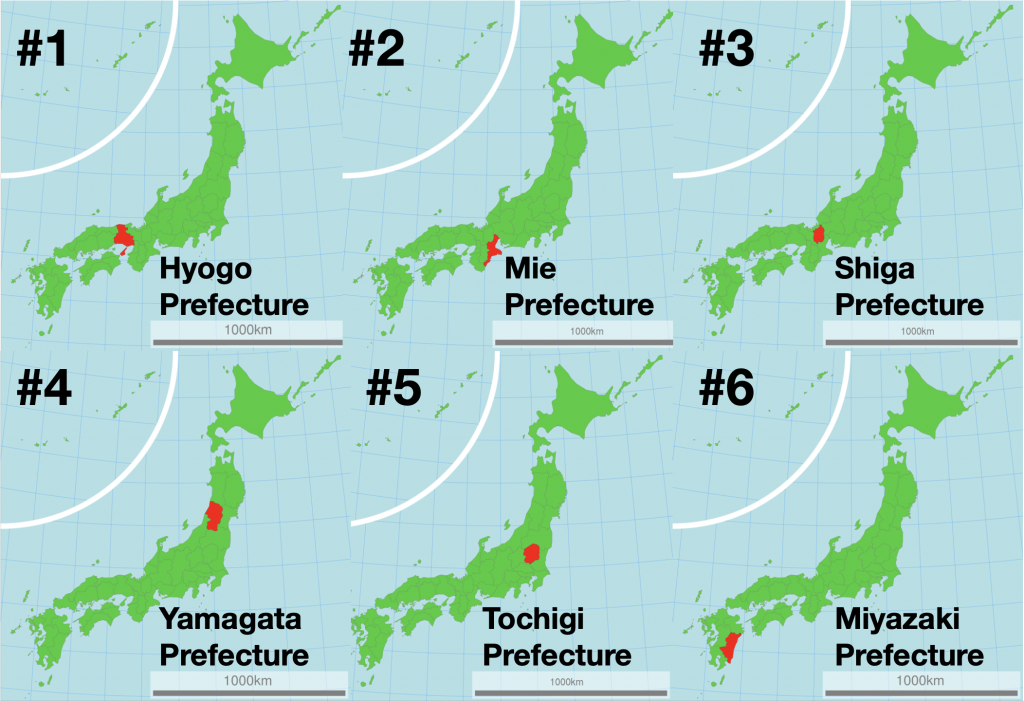
Yamagata, Tochigi, and Miyazaki Prefectures (Bottom left to right)
While Kobe, Matsusaka, Omi, and Yonezawa beef are consistently ranked within the top 5 places in surveys that ask Japanese people to rank the best brands of wagyu, the order in which these regions are placed seems to differ now and then. With wagyu beef being produced across the nation, there are, of course, close contenders who lie outside of these historically commended regions.
Thus, in no particular order, let’s take a look at the Japanese prefectures that are home to some of the best beef in the world. We’ll start with the traditional “Big Three” made up of Kobe, Matsuzaka, and Omi beef before taking a look at the up-and-coming, close runner-ups.
#1 Hyogo Prefecture’s Kobe Beef
The highly revered Kobe beef is a classic wagyu brand and is likely the most well-known, and probably the only brand of wagyu known outside of Japan. Kobe beef comes from a strain of Japanese Black cattle known as Tajima cattle from Hyogo prefecture.
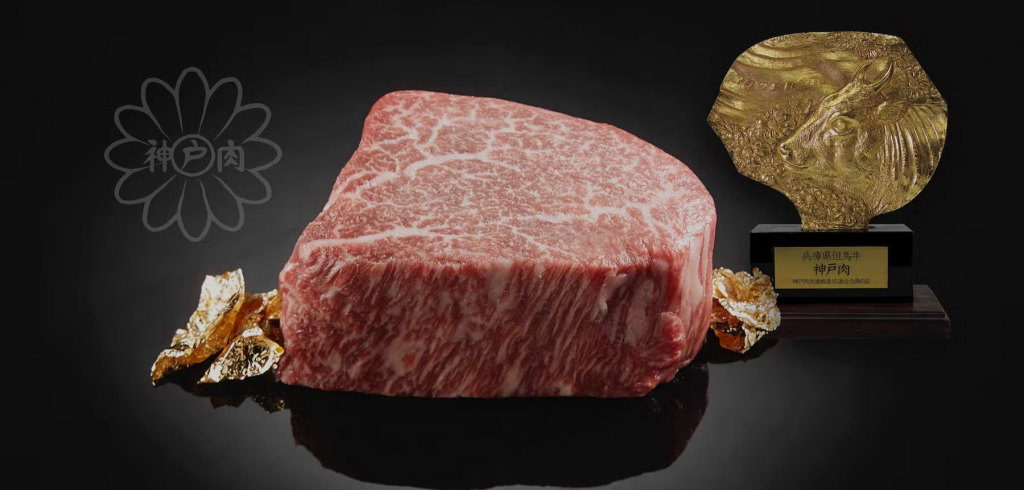
To be considered authentic Kobe beef by the Kobe Beef Marketing and Distribution Promotion Association, the cattle must have been a castrated male, or female that has never given birth and born, farmed, and slaughtered in Hyogo, with a minimum marbling level of 6, a minimum meat quality score of 4, yield score of “A” or “B,” and weighed less than 499.90 kilograms.
The Kobe beef brand is regarded as such high quality because of the strict and hard to achieve qualifications that the beef must meet. Thus, the minimum grade that Kobe beef can have is B4, with the highest being A5.
Something to keep in mind is that Kobe-style beef has been appearing overseas. These Kobe-style options are not actual certified cuts of the official brand name beef.
#2 Mie Prefecture’s Matsusaka Beef
Matsusaka beef from Mie prefecture’s Matsusaka region is also from Japanese Black cattle. Similar to Kobe beef, Matsusaka beef too, must meet strict criteria set by the Matsusaka Beef Management System to be considered authentic. This may be the most exclusive brand of wagyu as only 2500 cows become Matsusaka beef each year, and must be virgin female cows, or registered breeds of calves.

Image sourced from Yamada Mall.
Known for its extremely high fat content and resulting marbling, Matsusaka beef is best consumed in the form of a thick, juicy steak seared to perfection, leaving the inside rare. A Matsusaka beef steak is said to “melt in your mouth” with each bite. Of course, one can also enjoy Matsusaka beef in other forms including sukiyaki or shabu-shabu.
#3 Shiga Prefecture’s Omi Beef
Omi beef from Shiga prefecture is named after the Omi Province that then became what is Shiga prefecture today. Omi beef has the longest history of all the wagyu brands dating back 400 years. The Japanese Black cattle of Shiga prefecture are the longest bred strain of cattle in Japan.
Historically, Omi beef was processed into miso-zuke, meaning the beef was covered and preserved in miso paste before being grilled, as well as dried to be consumed by the wealthy people in the Edo period.
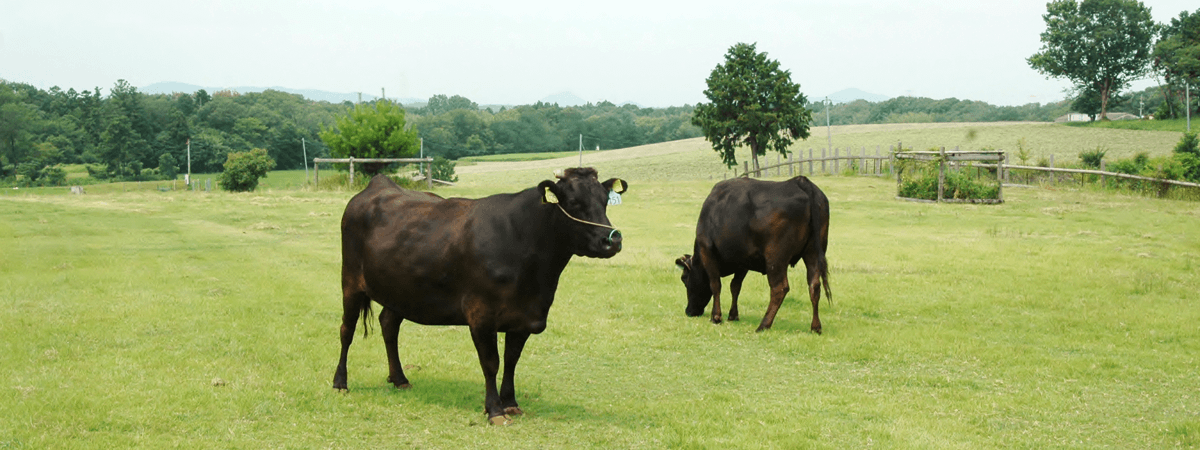
Image sourced from Omi Beef Association
Today, Omi beef is controlled and authenticated by the Omi Beef Production and Distribution Promotion Council and must have a minimum rating of B4 or above and is praised for its mild and mellow flavor profiled soft meat that again, “melts in your mouth”.
#4 Yamagata Prefecture’s Yonezawa Beef
Yonezawa beef comes from Yonezawa and Okitama in the southern region of Yamagata prefecture. Most Yonezawa beef cattle are female cows with never given birth and have been fattened for a 32 month period. Similarly, real Yonezawa beef must be authenticated and given a certificate of authentication.

Yonezawa beef is so good because of the long period of fattening that the cows go through and the vast difference in temperature between day and night in Yonezawa as it is located in a mountainous region in northern Japan.
#5 Tochigi Prefecture
Tochigi prefecture is home to multiple brands of wagyu, including Tochigi, Tochigi Kogen, Oyama, Nasu, Nasu Herb, Sakura, and Nikko Kogen beef, all derived from Japanese Black Cattle.
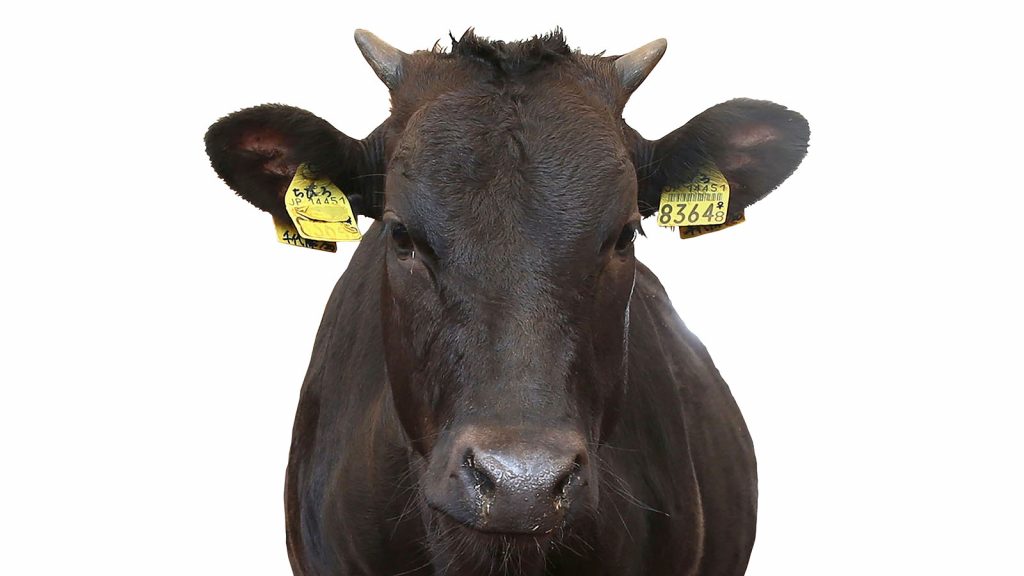
Image sourced from The Japan Times.
Tochigi wagyu is authenticated by the Tochigi Agricultural Products Marketing Association. The cow must have been born and raised in Tochigi. To be considered brand Tochigi beef, the meat must achieve a score of either A5, A4, B5, or B4.
#6 Miyazaki Prefecture
Located in the southern island of Kyushu, Miyazaki prefecture’s Miyazaki and Miyazaki Herb beef only comes from certified breeds of Japanese Black cattle that obtain a meat quality grade of 4 and above.
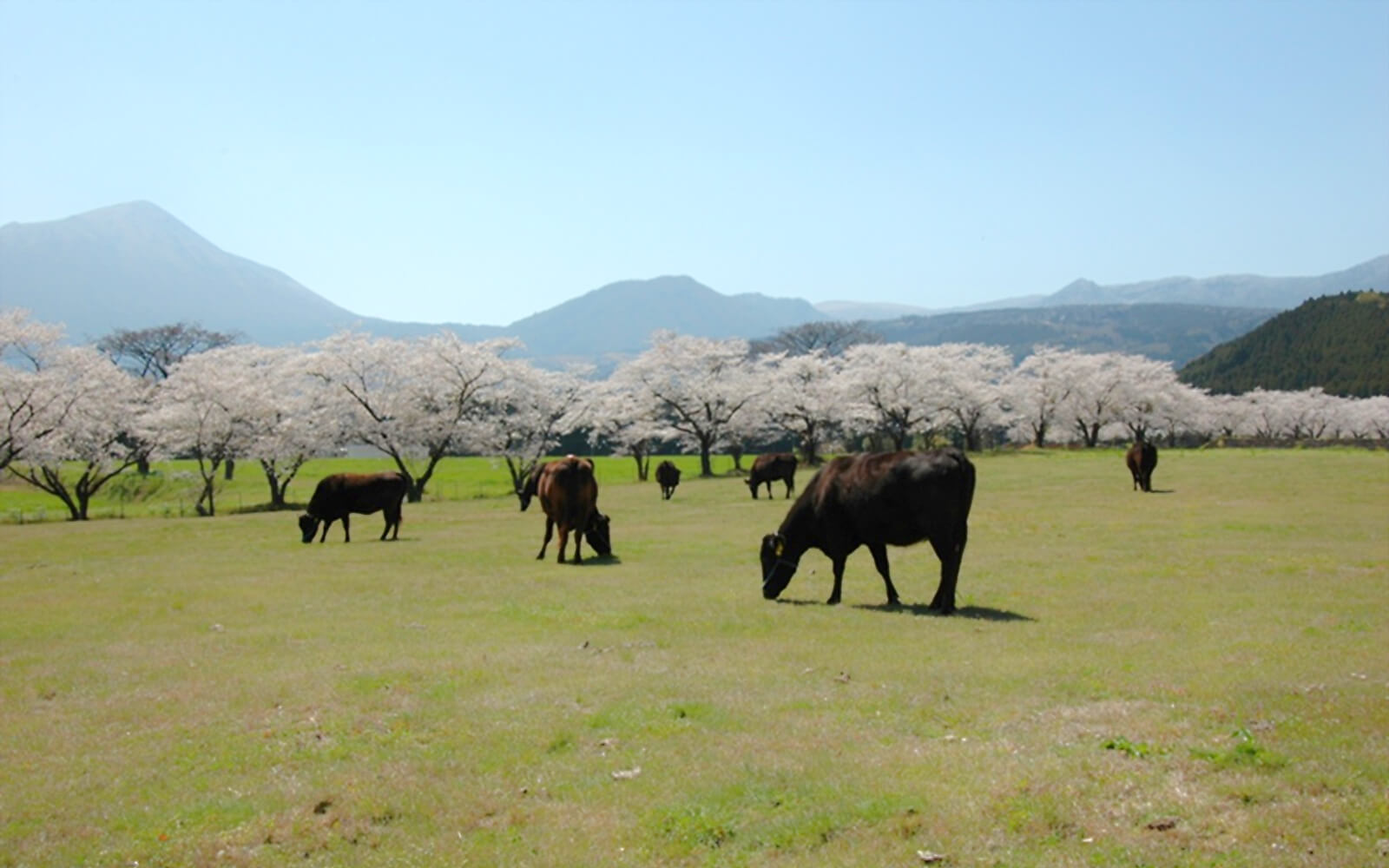
Miyazaki beef is known for its smooth, rich, and elegantly sweet flavor profile. One of the factors that it is praised for is its resemblance to sashimi, or raw fish, referring to the patterns of fat within the lean sections of the meat that looks similar to tuna or maguro and can actually be eaten raw, in sushi form known as gyu-sashi (牛刺し).
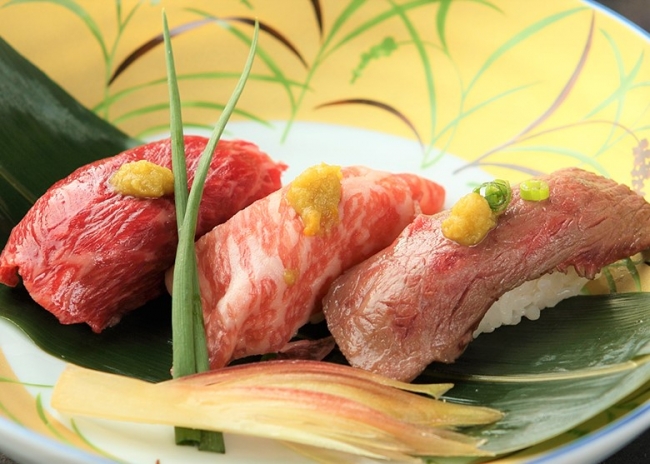
For those of you who are ready to go and eat some delicious wagyu or for those of you who don’t live here, next time you are in Japan, or are lucky enough to find authentic wagyu overseas, keep these brand-wagyu producing regions in mind! Also, make sure not to be fooled by fake wagyu! Enjoy!
Sources:
https://news.yahoo.co.jp/articles/21d89c665708fc0ba181ede0f9f357279f722d6e
https://nlab.itmedia.co.jp/research/articles/137206/vote_result/#utm_source=yahoo_v3&utm_medium=feed&utm_campaign=20210328-10005336&utm_term=it_nlab-life&utm_content=img
https://macaro-ni.jp/37641
Related Articles
AI Girlfriends: Exploring the World of Virtual Companions
AI-generated girlfriends are growing popular on Japanese Twitter. Learn more about what they can do, and what it could mean for the future.
Discover Japan’s Top 10 Must-Visit Places
From stunning landscapes to bustling cities, Japan offers many unforgettable experiences. Here are Japan’s top 10 best places to visit!

